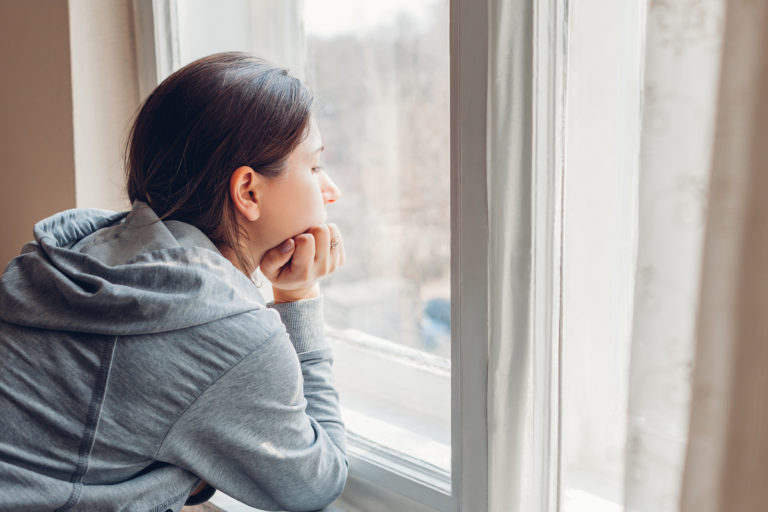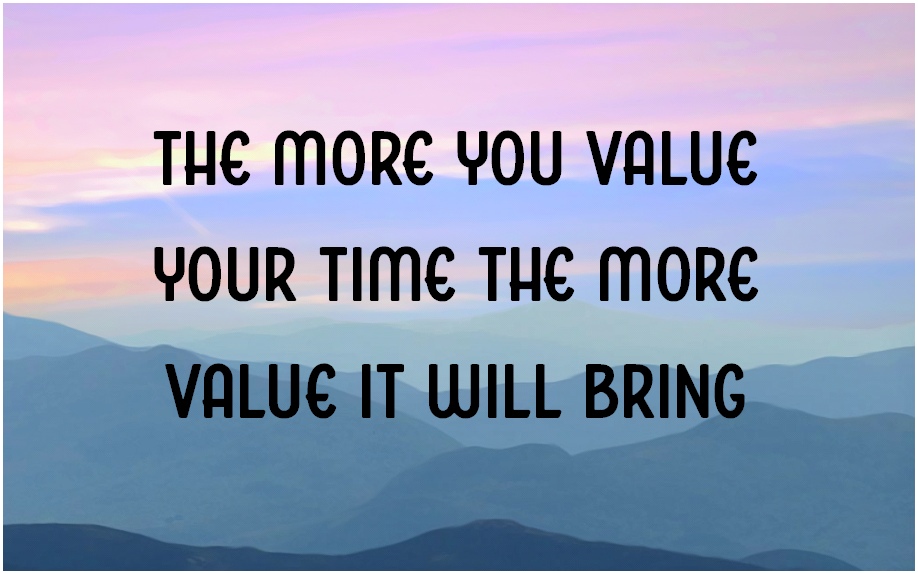This may sound like a strange title so let me explain. I live with a health condition called dystonia, which is a neurological movement disorder. It is the third most common movement disorder after Parkinson’s disease and essential tremor. It is not a well-known condition, and the symptoms and treatments and life many of us have to live to manage this disorder can be difficult to understand. This can make us feel uncomfortable around other people. Even if we are in a huge crowd or amongst our closest friends, we can sometimes feel completely alone because no one “gets us.”

So, going back to the title of this article, sometimes it’s easier for us to avoid other people, or isolate ourselves, to feel less alone. Sometimes just being with ourselves, as depressing as it can be, is sometimes less depressing than being around others because it stings to not know how to fit in. I don’t really feel this way too much anymore, but I did for many years and know it is common for many other people, so I wanted to write this to acknowledge you and what you experience. I know how tough it can be and will share some ideas at the end for how I worked through this, much of which I share in far more detail in my two books, Diagnosis Dystonia: Navigating the Journey and Beyond Pain and Suffering: Adapting to Adversity and Life Challenges.

For several years in the beginning of my journey with dystonia in 2001, when my symptoms were profound, people couldn’t grasp what was happening to my body. Nor could they grasp the nature of a chronic condition. We are all used to getting sick or injured and having an expected time for recovery. That doesn’t happen when you have something chronic, and symptoms are often different day to day. It may appear we are getting better when the next day knocks us back a couple steps. Because of this, I was judged harshly by some people, so I didn’t like being around anyone. To make myself feel better, I purposely isolated myself because they didn’t understand, and it was exhausting trying to explain why I wasn’t able to keep up with them.
We are often told to avoid isolation. I often say this too, but usually, it is in the context of trying to reduce the potential for more anxiety and/or depression if that is what a person is experiencing. It can spiral downwards very quickly. In other words, sometimes we practice avoidance because of our anxiety and fears, and sometimes we feel depressed and have no interest in doing anything. In these situations, isolation can often make anxiety and depression worse, so we must be careful (please see my books for more on these topics).
While it is true that when we lose connection with others it can intensify anxiety, depression, loneliness, and/or fear, what do we do when that seems like the better option if being around others who are maybe not so accepting or understanding of what we are going through creates more depression, loneliness, fear, and perhaps even anger?
Truth be told, I don’t really have the answer. I think the answer is different for all of us. For me, I had to find little things to do every single day to feel part of the world again., BUT ON MY TERMS. I had isolated for so long (over 5 years) that I forgot how quickly the world moved. I had to learn to be comfortable driving in my car again, going to the grocery store, having conversations with friends, but especially with strangers and re-learning how to meet new people. All of this was terrifying to me which is why I took baby steps where I put myself just a little bit out of my comfort zone so those things eventually became comfortable. The key was doing this consistently so I could extend beyond each new comfort zone I created.

Something else that was and still is incredibly important for me is to set boundaries and choose who it is that I want to spend my time. My time and my life are incredibly precious to me. I will not sacrifice it for people and things that rob me of my energy. I only have a certain number of functional hours in the day, and I choose to spend them as wisely as possible.
Every morning, I think of things I want to do that day that will be fun and fulfilling, and I schedule everything around it. For me it is usually some kind of a creative project. Nothing major. Just something that makes me feel like I am feeding that desire inside of me to accomplish something that I find meaningful. The more I do, the more value I add to my life, the more I value my life, and the more interested I become in new things. This makes it easier for me to maintain my boundaries to give that precious time to myself and the most important people in my life. I encourage you to try to do the same, and also evaluate the level of isolation you choose and the reasons for which you choose it to make sure it is serving your best needs.


